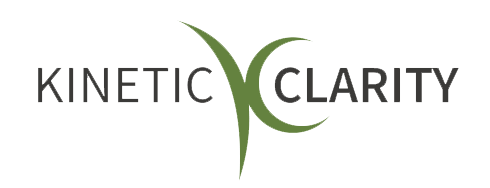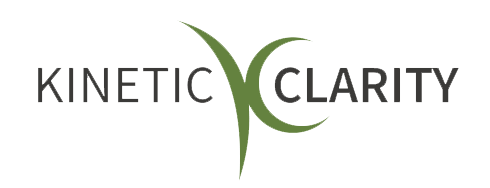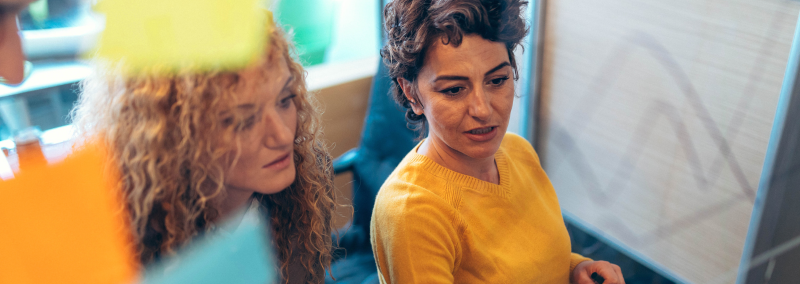How to Overcome Innovation Obstacles without Draining Your Employees
Are your employees being pressured to be innovative?

There’s always pressure in business to come up with new ideas and to do it quickly and consistently. But, unfortunately, that can take a considerable toll on your employees. Being pressured to innovate adds up over time and can drain their battery.
That leaves employers with a difficult decision to make. They can deplete their employees and risk losing them due to burnout, or they can ease up the stress and find a way to keep their employees both creative and motivated. Sometimes all it requires is a change in company mindset.
Tips to Overcome Innovation Stagnation and Keep Employees Energized
It is possible to breach the barrier causing a blockage in your company’s innovation. With a bit of investment in your staff and a lot of trust, they can unleash their creativity and still feel invigorated to tackle more projects.
Offer a Hybrid Working Situation
Office workers learned the joys and challenges of working from home during the early days of the pandemic. However, full-time work from home isn’t ideal for most companies. Togetherness is what strengthens teamwork and is vital for a cohesive team. It also leads to better innovation when your team can play off each other’s ideas.
But, your employees also need to breathe and take a step back sometimes to help them think more clearly. A space where they can fully unwind and relax can help their creativity thrive; they can think their best when they are most at ease. An at-home workday can sometimes be precisely the boost a project needs to move to the next stage.
Or, you can also give your employees a change of pace by planning a working field trip. Everyone working together offsite may trigger fresh energy that presents new ways of looking at a project.
Rent a back room at a restaurant for your whole team, or if there are only a few of you, go sit in a coffee shop together for a few hours. Even if your new setting doesn’t spark new ideas, your employees will feel refreshed from the shake-up in their daily routine.
Lay off the Deadlines
Ugh, the pressure of deadlines! People rarely do their best when they are feeling stressed out. Since magic doesn’t just happen on command, be sure to give your employees some space to breathe.
How often can you pull inspiration out of your back pocket when you feel that somebody is waiting on you? Unfortunately, it’s most likely that all you can do is focus on that looming deadline, not your creative process. Offer grace and patience to your employees when they are working on their projects.
Of course, time isn’t unlimited. You can’t wait infinitely for your staff to get their work done, but they’ll work more quickly when they don’t feel pressured. If you know a specific date you need to have a project finished, get your employees started on it in advance so they don’t feel rushed.
Arrange the Occasional Retreat
Sometimes you need to take a break! So do your employees, so plan a retreat, whether for a day or a night or two. As the stress of work builds up, employees and managers need to blow off steam and reenergize.
A change of pace can tap into your subconscious and open pathways for new ideas. You can look at things differently when you are literally looking at different things. Employees will relate to each other in a different way than they do in the office, as well.
You and your employees will return to the office with a fresh set of batteries, feeling inspired and ready to invest in your work again.
Be Encouraging and Open
Don’t shoot down bad ideas right away. Instead, fully hear out all thoughts and give them equal weight. Automatically rejecting your employees’ proposals will cause them to stifle their creativity and censor themselves.
Besides, you never know what those first bad ideas may develop into! Sometimes free-flowing ideas are essential for exploration, so follow each path for a bit to see if there’s a seed of innovation there.
Listen intently to all ideas presented by your team. When you respond, make sure that you are giving constructive feedback, not just rejecting them. Always frame the negative positively.
Give Your Employees the Right Tools
If employees don’t have the proper resources at their disposal, they will be constrained from adequately doing their job. They need many different tools to flex their creativity fully. It could be an appropriate workspace or a specific technology, but check in with your crew about what would help them get their job done.
If they don’t have access to a tool or space they know should be helpful to them, it may trigger a block or a partial shut down in their process. Subconsciously their mind will decide they can’t work like this and might not live up to their full potential.
Ensure Everyone is in the Right Position
Is each of your employees in a role that allows them to flex their skills?
When they are, they are more likely to feel confident and enthusiastic about the project they are working on because they know they are capable of handling it. And the most confident employees are often free to be the most creative and innovative.
This is because they know their role well enough to move beyond their normal parameters. When employees have a firm grasp on the knowledge and skills their job requires, they won’t hold back when sharing ideas and are likely to see areas of opportunity that somebody less knowledgeable might miss.
Group Brainstorms
Creative people can play off each other. Then, when you get people who are comfortable sharing their ideas with each other, you can sit back and watch the ideas grow.
When you initiate a group brainstorming session, employees can learn from each other, and more importantly, they can learn from the members of the group who are experts or have much more experience.
There is also a flip side: while the experts are often best suited for innovation in their area, sometimes a pair of fresh eyes may see something that the more experienced members have missed. So be sure to include every team member!
Rev Up Your Company’s Innovation
It’s bound to happen occasionally; your team will feel stagnant. Whether they are overworked or burnt out, fresh ideas simply won’t thrive in that atmosphere. So mix things up for them in one of the ways above. Heck, try them all. You might be surprised by how your employees respond.
Contact us to talk about your executive coaching needs.
We will get back to you as soon as possible.
Please try again later.
Kinetic Clarity | All Rights Reserved |
Created by Olive + Ash.
Managed by Olive Street Design.












